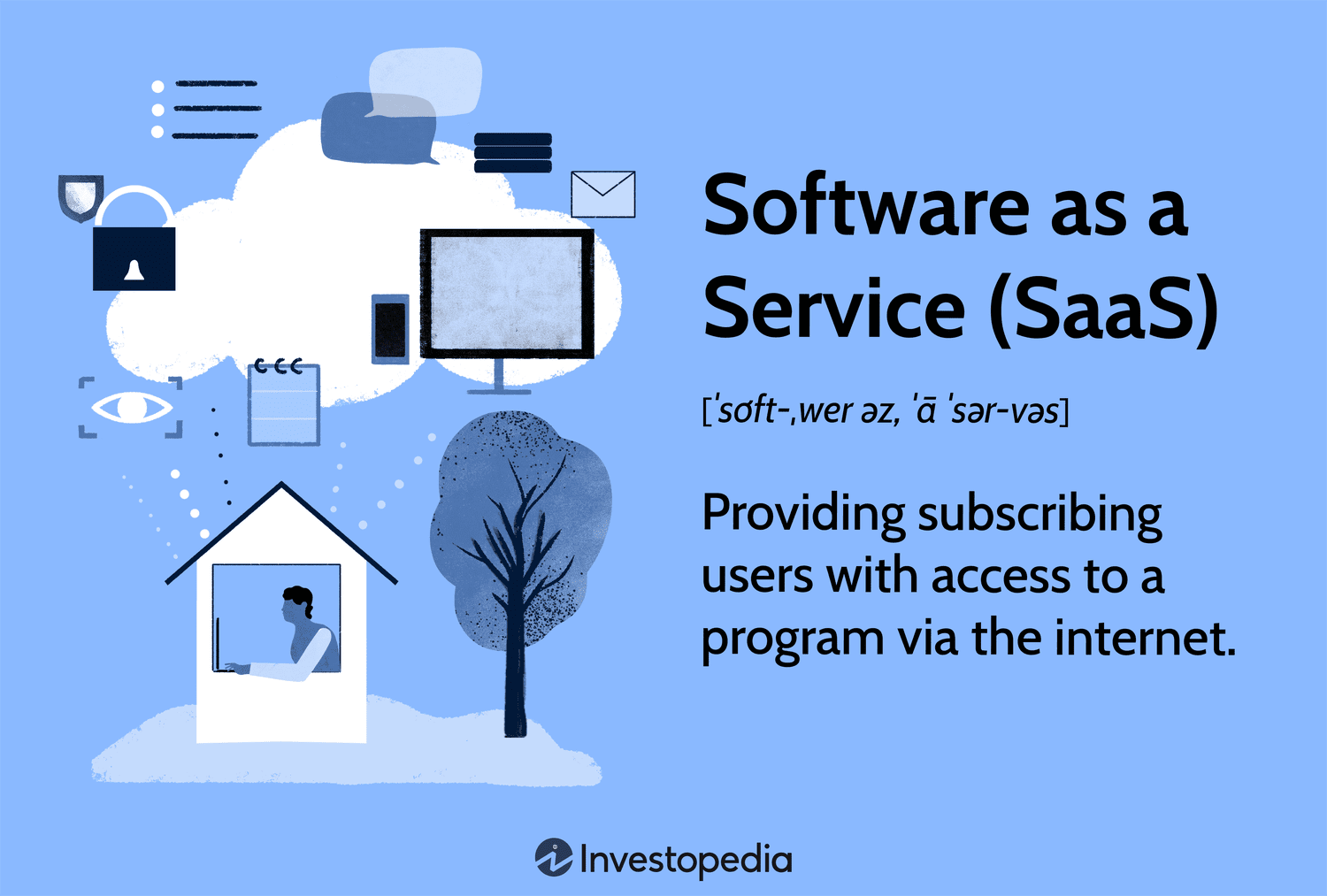In the digital age, businesses are continually seeking innovative solutions to enhance their operations, efficiency, and competitiveness. Software as a Service (SaaS) has emerged as a pivotal technology, offering companies access to a wide range of software applications delivered through the cloud. When a company is considering several SaaS options, it embarks on a journey to choose the right solutions that align with its objectives, needs, and growth strategy. In this comprehensive guide, we will explore the world of SaaS, delve into essential considerations, and outline the steps to make informed decisions.
Understanding Software as a Service (SaaS)
SaaS, a cloud computing model, revolutionizes the way businesses access and utilize software applications. Unlike traditional software that requires installation on local servers or devices, SaaS applications are hosted in the cloud and made accessible via the internet. Users can access these applications through web browsers, eliminating the need for complex installations, maintenance, and updates.
Key Characteristics of SaaS
Subscription-Based: SaaS operates on a subscription model, where businesses pay periodic fees (monthly, annually) to access and use the software. This subscription often includes updates and support.
Accessibility: SaaS applications can be accessed from anywhere with an internet connection, offering flexibility for remote work and collaboration.
Automatic Updates: SaaS providers handle software updates, ensuring that users always have access to the latest features, enhancements, and security patches.
Scalability: Businesses can scale their SaaS usage up or down to accommodate changing needs, making it an ideal solution for startups and enterprises alike.
Multi-Tenancy: SaaS providers serve multiple customers from the same underlying infrastructure, optimizing resource utilization and reducing costs.
Managed Security: SaaS providers typically have robust security measures in place to protect data and ensure compliance with industry standards.
Crucial Considerations When Evaluating SaaS Options
When a company is considering several SaaS options, it must thoroughly evaluate each solution to determine its suitability. Here are the key considerations:
Define Objectives and Requirements
Clearly outline your business objectives and the problems you intend to solve with SaaS.Identify the specific features and functionalities required to achieve your goals.
Industry Relevance
Look for SaaS solutions tailored to your industry. Industry-specific software often offers features and compliance standards aligned with your sector's needs.
Compatibility and Integration
Assess how well the SaaS solution integrates with your existing software stack. Compatibility ensures seamless data flow between systems. Consider the potential for customization or the availability of APIs for integration.Cost and ROI Analysis
Understand the pricing model, including subscription fees, additional costs, and potential savings compared to traditional software.Calculate the return on investment (ROI) to gauge the financial benefits of implementing the SaaS solution.
Security and Compliance
Evaluate the security measures, data encryption, and compliance standards (e.g., GDPR, HIPAA) enforced by the SaaS provider. Ensure they align with your data protection needs.Scalability and Growth
Determine whether the SaaS solution can accommodate your company's growth and changing requirements. Scalability is crucial for long-term viability.User Experience and Training
Assess the user-friendliness of the SaaS application. A user-friendly interface fosters user adoption and productivity. Consider the availability of training resources and support for your team.Vendor Reputation and Reliability
Research the SaaS provider's reputation, track record, and customer reviews. Reliable vendors are more likely to provide consistent service and support.Data Ownership and Migration
Clarify data ownership rights and data portability in case you decide to switch or discontinue the SaaS solution. Ensure you have an exit strategy.
Service Level Agreements (SLAs)
Examine the SLAs offered by the SaaS provider. SLAs define the level of service, uptime guarantees, and support response times.
User Feedback and Trial Periods
Gather feedback from potential users within your organization. Conduct pilot testing or utilize trial periods offered by the SaaS provider to gain hands-on experience.
Support and Customer Service
Evaluate the availability and responsiveness of customer support. Timely assistance can be critical during software implementation and use.
Selecting the Right SaaS Solutions
After thorough evaluation and consideration, it's time to make informed decisions regarding the SaaS solutions that best align with your company's objectives and needs. Here are the steps to guide your selection process:
Shortlist Candidates: Create a shortlist of SaaS options that meet your criteria and objectives.
Pilot Testing: If feasible, conduct pilot testing with selected users to assess how well the SaaS solution integrates with daily tasks and workflows.
Cost Analysis: Review the total cost of ownership (TCO) for each SaaS solution, factoring in subscription fees, training, support, and potential ROI.
Contract Negotiation: Engage in contract negotiations with the chosen SaaS provider to ensure that the terms align with your business needs. Pay attention to data security, SLAs, and exit clauses.
Deployment and Training: Develop an implementation plan that includes deployment, training, and data migration strategies. Communicate the transition plan to your team.
Data Migration: If migrating from existing systems, plan and execute data migration with minimal disruption to business operations.
User Adoption: Encourage user adoption through training, support, and clear communication of the benefits of the new SaaS solution.
Monitor and Evaluate: Continuously monitor the performance and impact of the SaaS solution. Gather user feedback for ongoing improvements.
Conclusion
Choosing the right SaaS solutions when a company is considering several options is a strategic decision that can significantly impact your business operations and competitiveness. SaaS offers a flexible, scalable, and cost-effective approach to software utilization, enabling companies to focus on innovation and growth.
By following a systematic approach, including defining objectives, evaluating critical factors, and conducting thorough assessments, businesses can make informed choices that align with their long-term goals. Remember that successful SaaS adoption goes beyond technology—it involves collaboration, training, and a commitment to continually optimize your software environment to meet evolving business needs.






Post a Comment
0 Comments